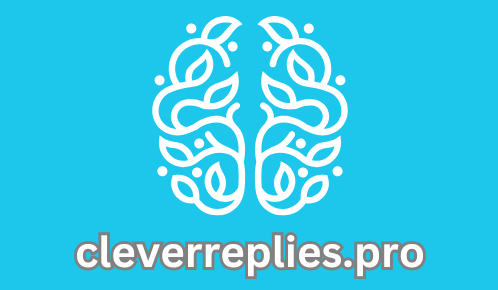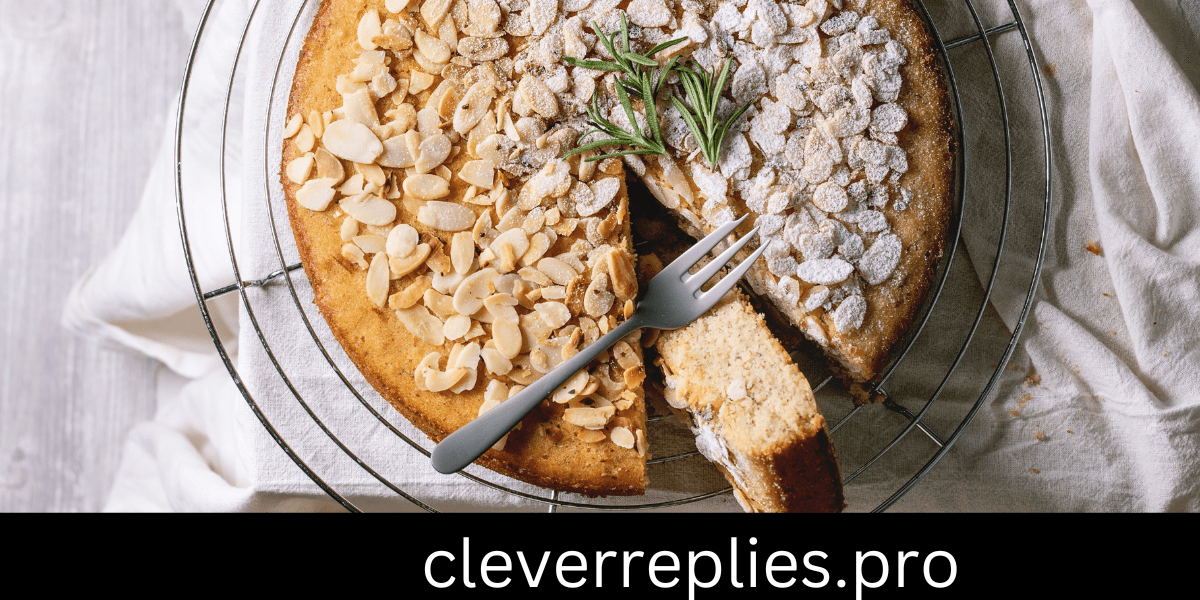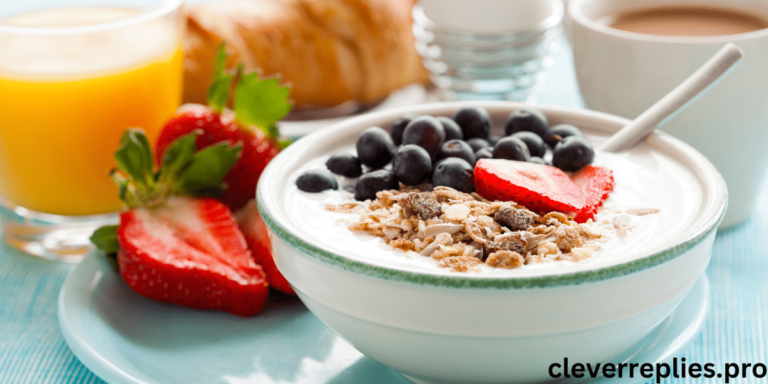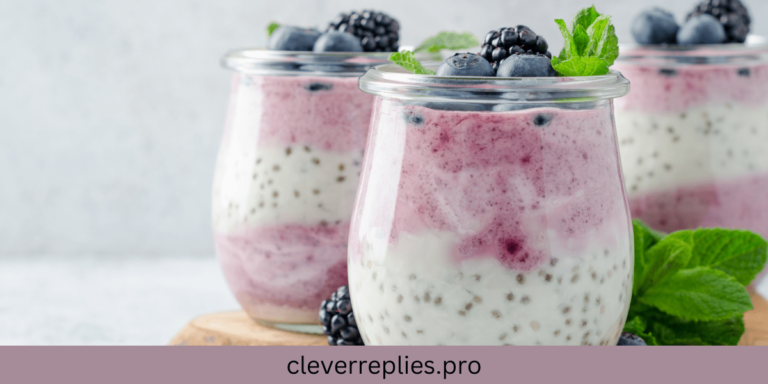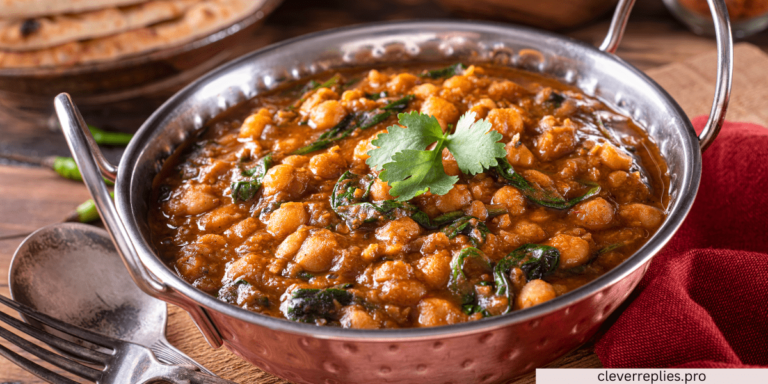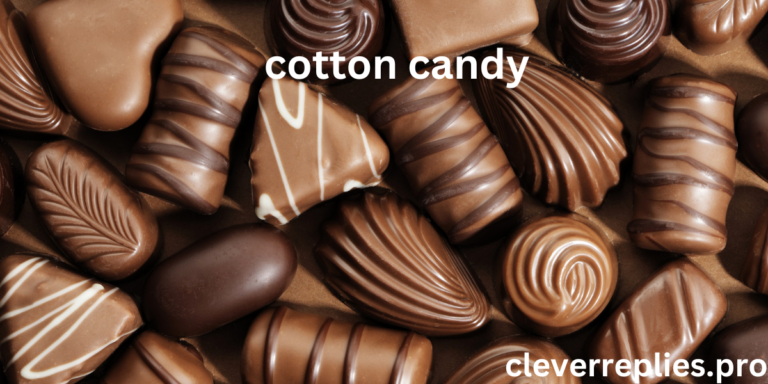Everything You Need to Know About Sugar-Free Foods
Introduction
Do you know that sugar is in almost everything we eat? From fruits to cakes, sugar is a part of our daily diet. But sometimes, it’s better to eat foods that don’t have sugar. These are called sugar-free foods. Let’s explore what sugar-free means, why it’s good for you, and some tasty options you can try!
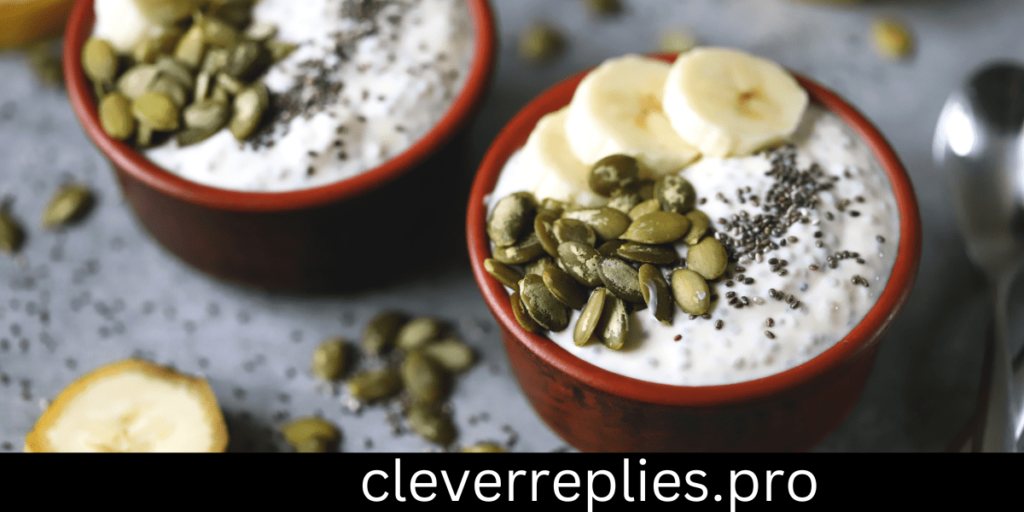
What Does Sugar-Free Mean?
When something is “sugar free,” it means there is no added sugar in the food or drink. Instead of sweetening the food with regular sugar, it might be sweetened with something else, like artificial sweeteners or natural substitutes. These help make the food taste sweet without the extra calories or effects of sugar.
Why Choose Sugar-Free Foods?
There are many reasons why people choose to eat sugar-free foods. Here are some of the top reasons:
- Keeps Your Teeth Healthy: Sugar can cause cavities in your teeth. By eating sugar-free snacks, you can keep your teeth cleaner and healthier!
- Good for Your Body: Too much sugar can make you feel tired or even cause problems like gaining weight. Sugar-free foods can help you feel better and more energetic.
- Helps With Health Problems: If you have diabetes or want to avoid high blood sugar, sugar-free foods are a great option. They help control your blood sugar levels.
What Can You Eat on a Sugar-Free Diet?
You don’t have to give up all your favorite foods when you choose sugar-free options. Here are some yummy ideas for sugar-free snacks and treats:
- Sugar-Free Fruit Juices: If you like juice, look for ones that don’t have added sugar. Fruit naturally has sugar, but it’s much better for you than the sugar added to drinks.
- Sugar-Free Cookies: Yes, you can still enjoy a sweet treat! Look for cookies that use natural sweeteners like stevia or monk fruit instead of regular sugar.
- Yogurt: Many brands offer sugar-free yogurt. You can even add some fresh berries for natural sweetness!
- Sugar-Free Chocolate: You can still enjoy chocolate without the sugar! There are many sugar-free chocolate bars and candies made with special sweeteners.
- Fruits and Vegetables: Fruits like apples, strawberries, and bananas are naturally sweet and are perfect for a sugar-free snack. Vegetables, like carrots and cucumbers, are also tasty and healthy!
What Are Some Sugar Substitutes?
You might wonder, “If there’s no sugar, what makes the food sweet?” Well, there are different sweeteners used in sugar-free foods. Here are a few:
- Stevia: A natural sweetener made from a plant. It’s sweet but has no calories!
- Monk Fruit: Another natural sweetener that comes from a fruit. It’s sweet and has no sugar or calories.
- Artificial Sweeteners: Some sugar-free foods use sweeteners like aspartame or sucralose. These are made in a lab and don’t raise your blood sugar levels.
Tips for Starting a Sugar-Free Lifestyle
Starting to eat sugar-free can be easy! Here are some tips to help you get started:
- Read Labels: Before you buy anything, always check the ingredients on the package. Look for “no added sugar” or “sugar-free” labels.
- Eat More Whole Foods: Fresh fruits, vegetables, and meats usually don’t have added sugars, so they are great for your sugar-free diet.
- Limit Sugary Drinks: Soda and sweetened drinks can have a lot of sugar. Try drinking water or sugar-free beverages instead!
- Have Fun with Cooking: Try making your own sugar-free recipes at home. You can create healthy, delicious meals without any added sugar.
Conclusion
Eating sugar-free doesn’t mean you have to give up all your favorite foods. It just means making healthier choices for your body and your teeth. Whether you choose sugar-free snacks, drinks, or desserts, you can still enjoy tasty treats that keep you feeling good. Remember, it’s all about balance, so enjoy your sweet treats in a healthy way!
